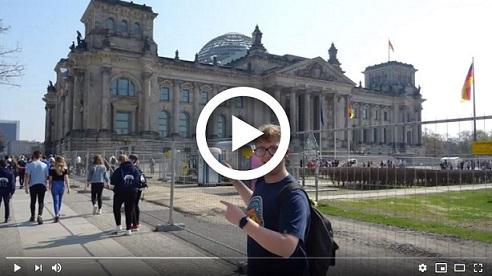School History Trip To Berlin & Krakow
This twin centre history tour to Berlin and Krakow gives a deeper historical perspective on World War II and the oppression of the Nazi regime.
‘No matter what we were told about Auschwitz we couldn’t explain the way we felt, especially knowing that the very steps we were taking were the same steps that thousands of prisoners took less than one hundred years before us’ – Charlie, St Clement’s, 2019
Highlights
Auschwitz-Birkenau Concentration Camp
Museum at the former HQ of the Gestapo and the SS
Krakow’s Jewish Quarter
Escape attempts at Checkpoint Charlie Museum
King Edward VI High SchoolThe smooth running of the trip demonstrated excellent organisation.
Suggested itinerary
What's included*
*Please note, entrance fees where applicable are not included in typical price – contact us for more details
Recommended excursions
Explore Berlin’s rich culture and history on foot by taking a walking tour. The must see sights are the Brandenburg Gate (a former city gate, rebuilt in the late 18th century as a neoclassical triumphal arch), the Reichstag, Memorial to the murdered Jews of Europe and Unter den Linden – the most well-known and grandest street in Berlin.
Two millennia of Jewish history and culture in Germany are on display in the iconic zig-zag shaped building by architect Daniel Libeskind. Students can explore how the symbolic architecture retells German Jewish history. The historical exhibition route is punctuated with diverse and interactive thematic spaces that expand perspectives on the diversity of Jewish life up to the present day.
This outdoor museum and information centre is on the site of the former headquarters of the Gestapo and the SS. By finding out about the destructive effects of Nazi state terror, students gain a humanising insight into the history of totalitarianism in Germany, and its implications for the world today. They learn important lessons not only for exams, but also for their broader development.
Checkpoint Charlie, the most well-known of the border crossings between East and West, is now one of Berlin’s most popular tourist attractions. At the Checkpoint Charlie Museum unique artefacts including many of the contraptions used by those who tried to cross illegally, and works inspired by the division, will vividly bring the past to life for your students.
Located in the heart of Berlin, this memorial serves as a reminder of the many lives lost during the Holocaust. 2,711 concrete pillars make up the memorial with underground information centres providing students with an insight into this horrific event as well as listing the names of all known Jewish Holocaust victims.
East Berliners breached the Wall on 9 November 1989, and between February and June of 1990, 118 artists created unique works of art on its longest-remaining section. This open-air gallery serves as a memorial for freedom. One of the best-known works, by Russian artist Dmitri Vrubel, depicts Brezhnev and Honnecker (the former East German leader) kissing.
The Spy Museum explores the history of espionage and intelligence from antiquity to the present day. It covers WW1, WW11 and the Cold War using multi-media based technology and over 1,000 exhibits. An educational programme is available. Image by Scontrofrontale – CC BY-SA 4.0 – via Wikimedia Commons.
Experience 2,000 years of German history in an immersive, novel exhibition with all your senses! Walk through the forest of the Varus Battle or dance through the Golden Twenties – an exciting addition to history lessons!
The Berlin Story Museum covers 800 year of Berlin history from Kings and Kaisers to modern Berlin. ‘Hitler: how could it happen’ is an extensive documentation centre covering the rise of the Nazi party, seizure of power, WWII, the history of the National Socialism, the Holocaust and the downfall.There is a model of Hitler‘s bunker. The museum and exhibition can be booked separately. Audio guides are provided for both excursions.
This historic district of Krakow was home to a large Jewish community from the 14th century until World War II when its Jewish inhabitants were relocated by force to other parts of Poland and in 1941 many thousands were sent to the Krakow Ghetto in Podgórze. The synagogues of Kazimierz that were damaged during World War II have since been restored and the Galicia Jewish Museum provides students with some context.
A visit to the largest Nazi concentration camp of World War II is a chilling and truly memorable experience. More than 1.1 million men, women, and children lost their lives here. Much of the camp remains as a memorial and museum. Its dramatic authenticity lends more significance to the educational activities here. Children under 13 are not allowed to visit.
Visit the factory where Oscar Schindler employed hundreds of Jewish people to protect them during the Holocaust. Krakow’s past has been recreated here in an evocative way, presenting the tragedy of World War II as well as every day life of the city. Exhibits include a recreated hairdresser’s salon, stereoscopic studio and typical basement apartment.
It’s well worth the 13km trip out of the city to visit these spectacular salt mines, 130m underground. A network of chambers, some lit by crystal chandeliers, are connected by richly illuminated corridors, filled with backlit sculptures made out of translucent salt. Students can learn about the history of ‘white gold’ mining since the 14th century.
At the heart of Kazimierz, the former Krakow ghetto, is a museum that presents a contemporary look at the Jewish past in Poland. As well as commemorating the victims of the Holocaust, it celebrates the Jewish culture of Polish Galicia, giving students a new perspective on Jewish history.
Krakow’s largest, easternmost district, which translates as ‘New Foundry’, was conceived in the 1940s, under the ruthless communist rule of Poland, as an ideal ‘proletarian city’ tied to a giant steelworks. Students can see relics of the Soviet-era architecture and other sites, from the prehistoric Mound of Wanda to the 13th-century Monastery of Mogila. Photo © Christopher Walker.
A half-day guided tour of Krakow old town will give an overview of Krakow’s rich history and included the largest medieval market square in Europe and the renaissance Cloth Hall. You will then see the unique carves wooden altar of St Mary’s Church. Then onto Wawel cathedral with the Royal Tombs and Sigismond’s bell.
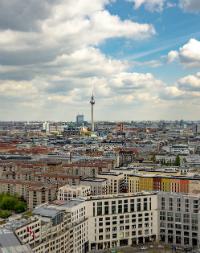
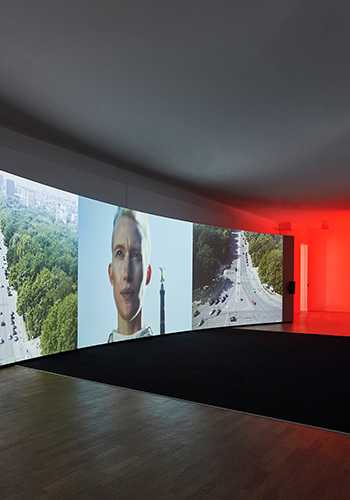
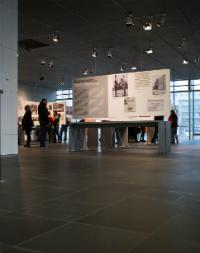
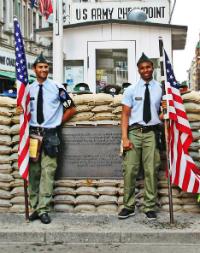
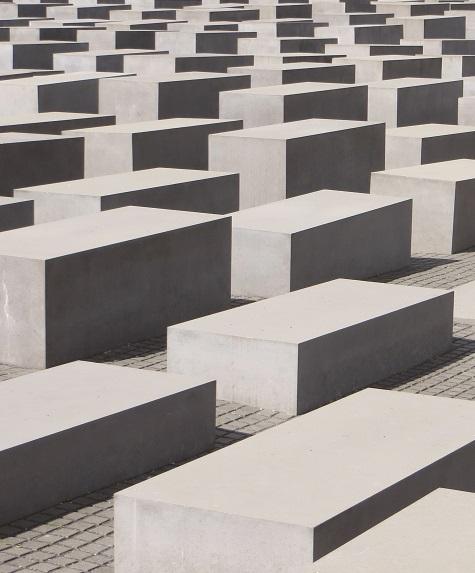
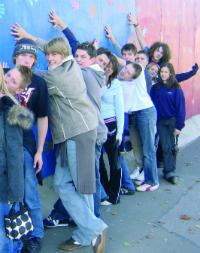
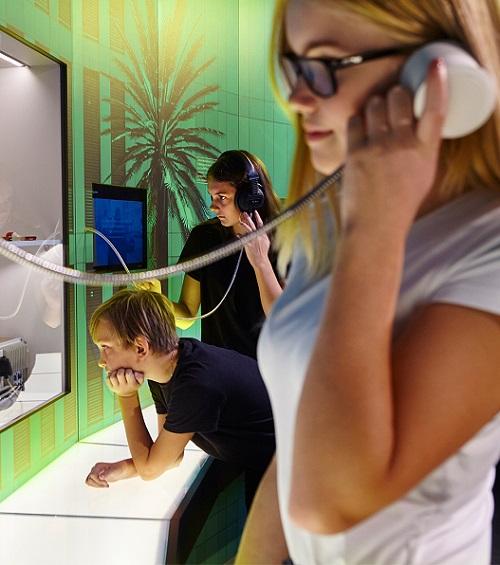
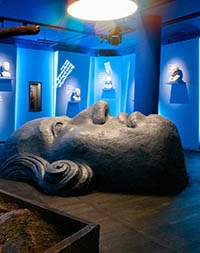
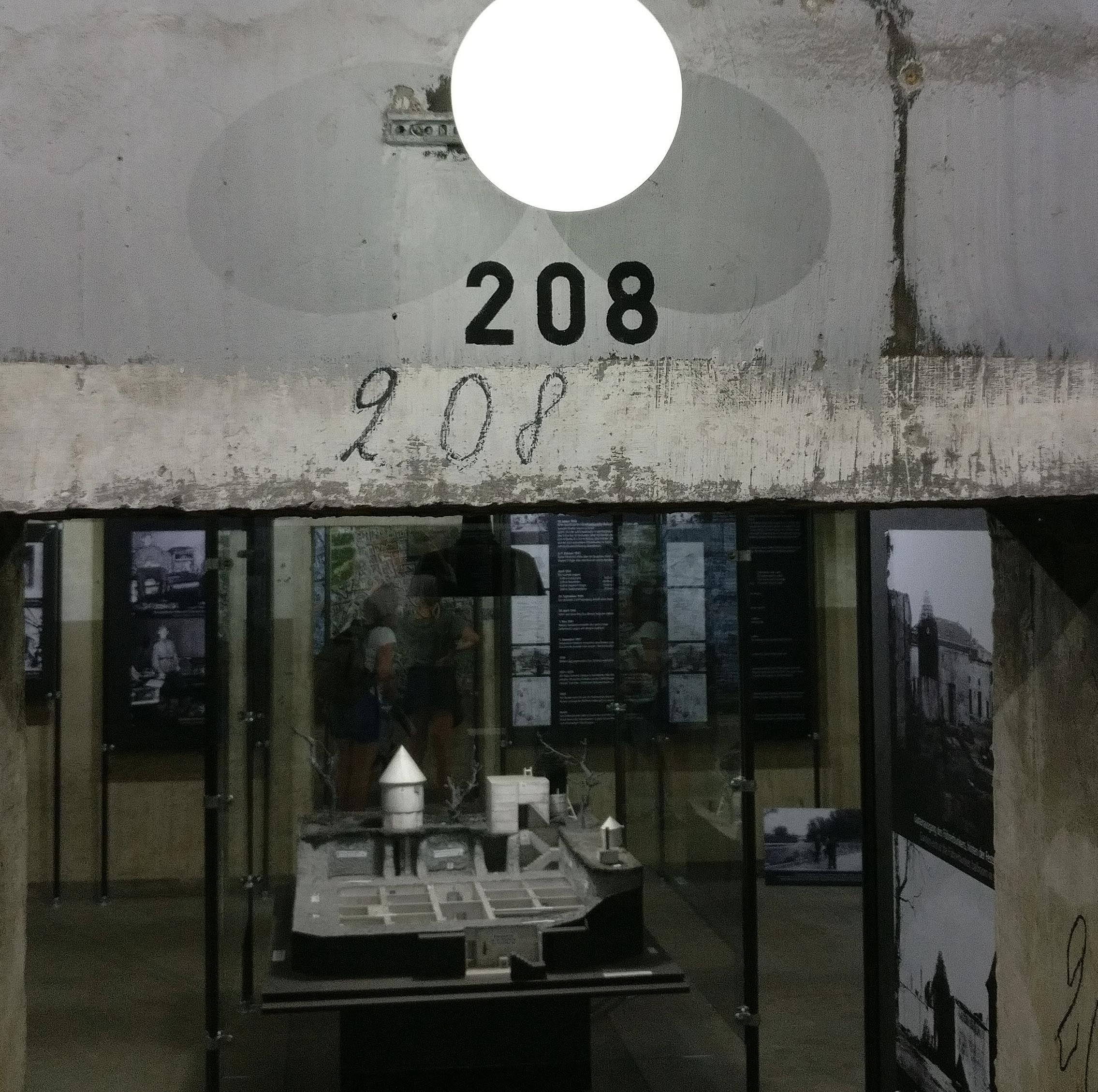
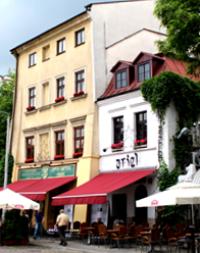
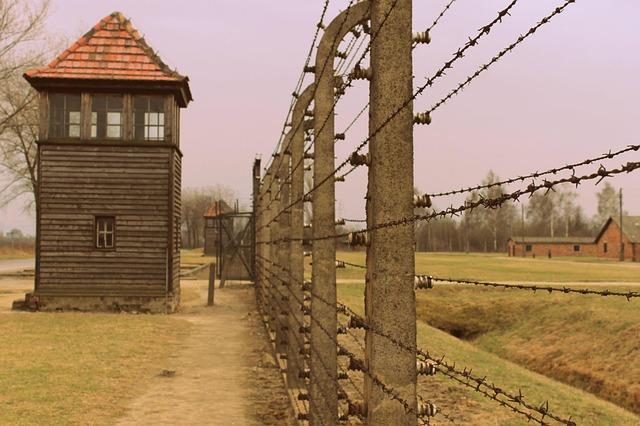
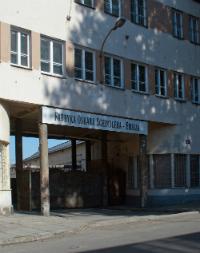
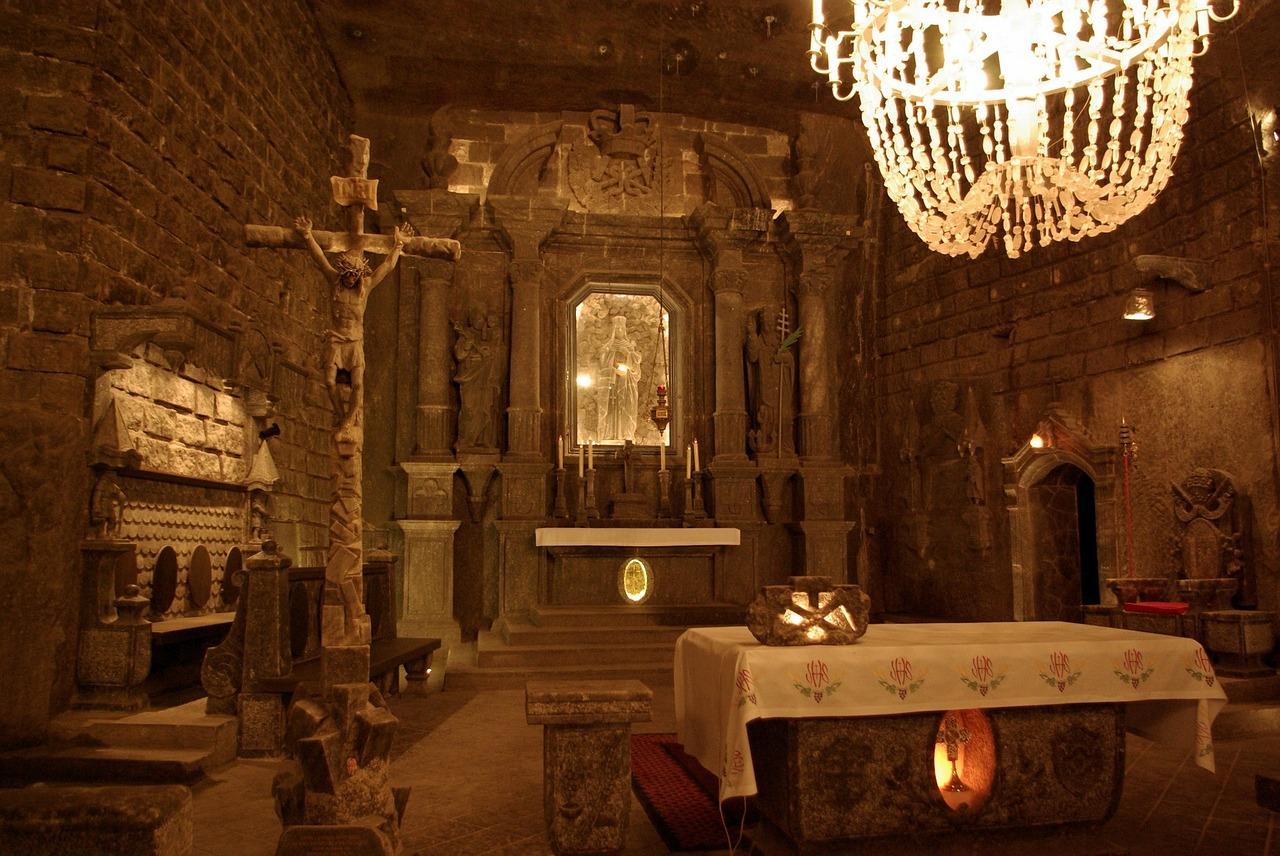
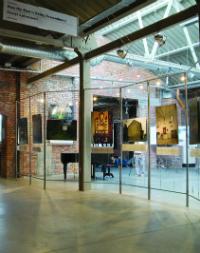
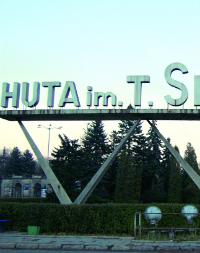
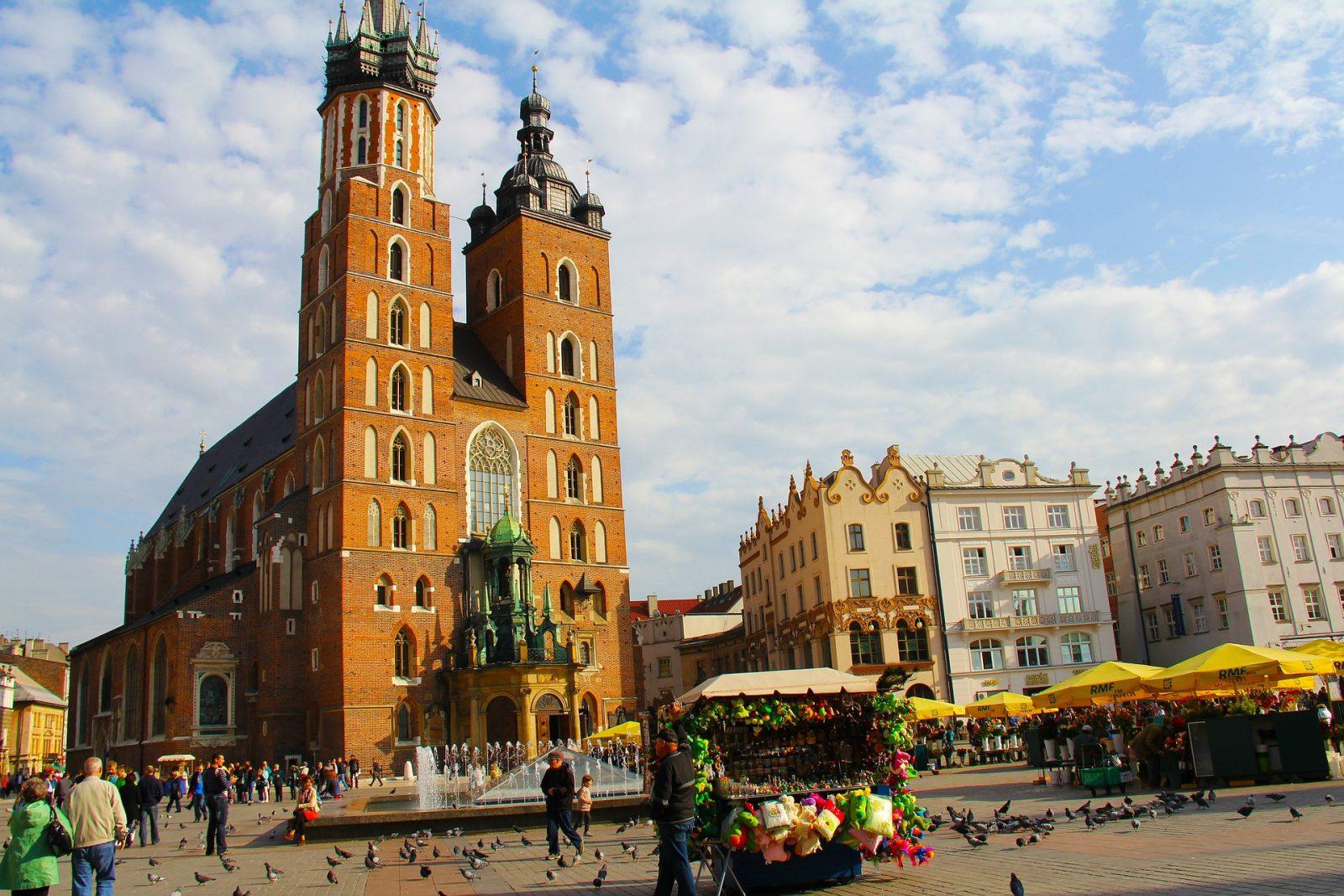
Typical accommodation
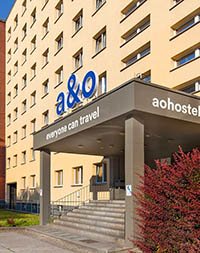
Why groups like it:
Facilities
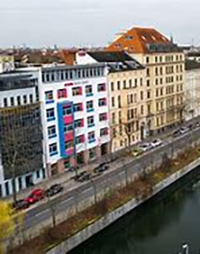
Why groups like it:
Facilities
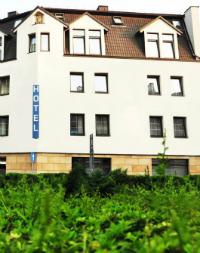
Why groups like it:
Facilities:
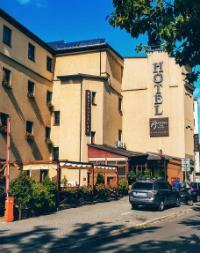
Why groups like it:
Facilities:
Learning outcomes
Subject focus
Students can:
- Consider the importance of events in these cities for European history
- Visit central locations in the history of totalitarianism and the Holocaust
- Understand war-time and post-war history and reflect on atrocities committed during World War II
- Reflect on how these cities’ past has influenced the cities they are today
Student outcomes
Students will have had an opportunity to:
- Contemplate the breadth of German and Polish history
- Ponder how repetition of the tragic events of the past can be avoided in the future
- Find out how present generations understand and come to terms with the past
- Identify Germany and Poland’s place in modern European history
- Visit key historical sites they had only read about, and gain a sense of the human cost of World War II

